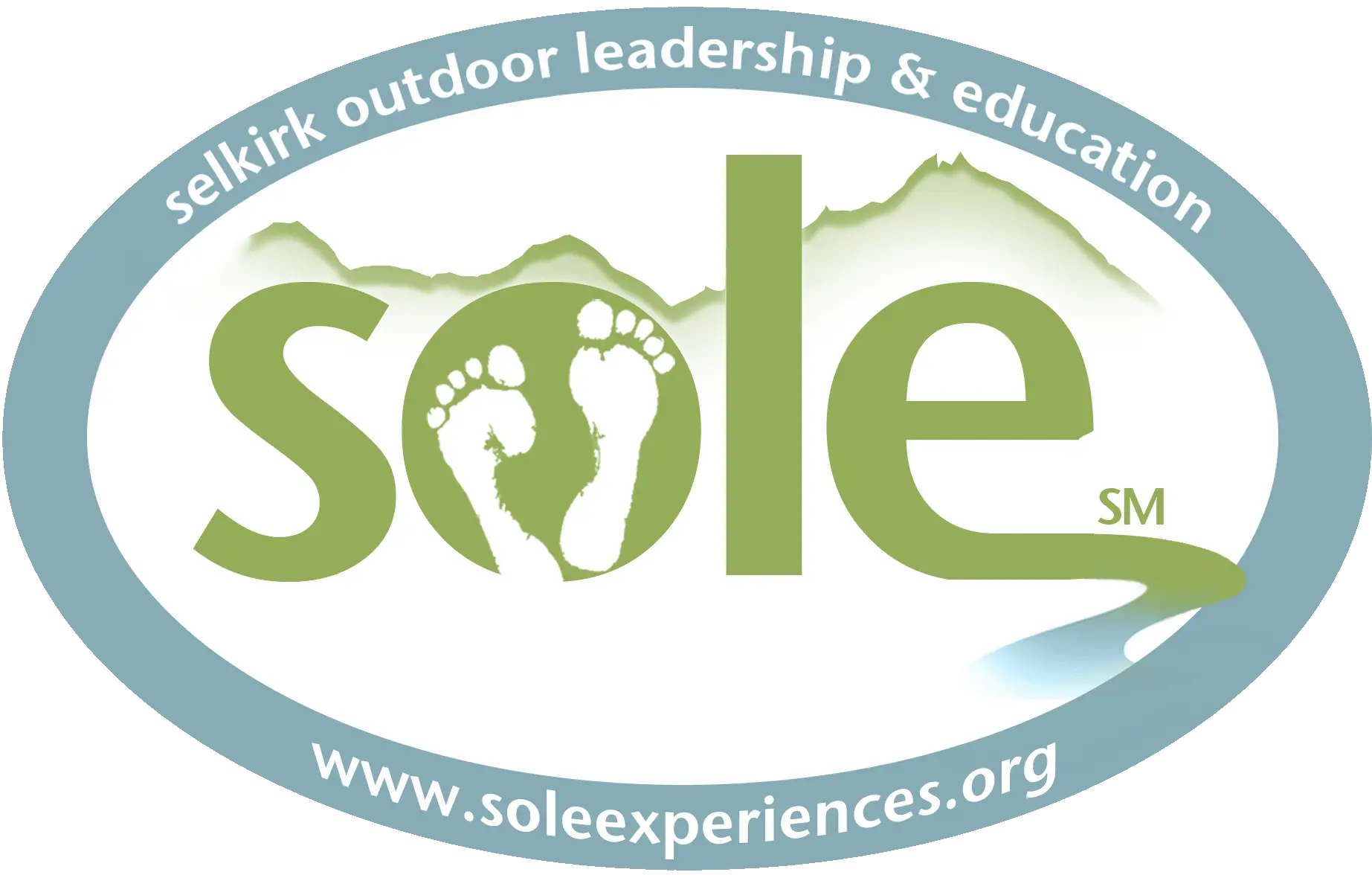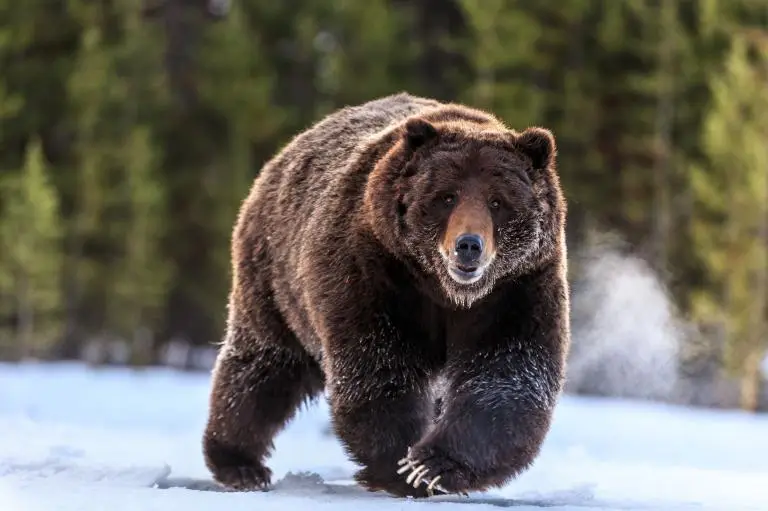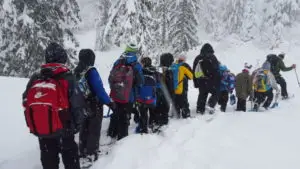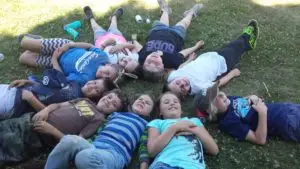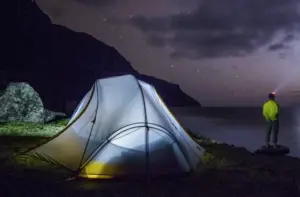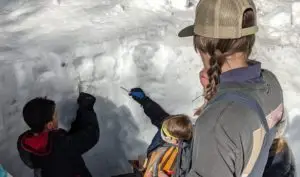As spring, summer, and fall arrives, it is a beautiful time to explore our local wildlands and is feasting time for all creatures – great and small – including our local bears. As such, it’s imperative that we take Bear Aware principles with us into as we journey into the backcountry to bike, hike, paddle, camp, hunt or fish.
In the fall of 2016 several grizzly attacks occurred in Montana (see video here – caution graphic material). This encounter happened on the heels of two other additional grizzly attacks of hunters in the same state. What was once a rarity (to see a grizzly in the wild, western backcountry) is becoming more prevalent due to the success in the conservation of the species, and the loss of habitat that it calls home. In addition, black bears can also be troublesome and often more unpredictable and can lead to unwanted encounters. Whatever the species, it is imperative that when we venture into the wild, we must remain vigilant and be bear aware.
Each season poses its own potential risk. When spring emerges
Plan Ahead and Prepare:
As the first, of 7 Leave No Trace (LNT) Principles, Plan Ahead and Prepare often serves as the foundation. It is a really good idea to spend some time and review the specific wildlife regulations for the area that you will be visiting, and even calling the land management agency of where you will be visiting. Some questions to consider when doing so:
- Do you require bear canisters and/or require that you store your food and other “smellables” in a particular manner?
- Has there been any recent bear activity in the area that you will be visiting?
The old adage, “a fed bear, is a dead bear” is true. When we travel in the backcountry it is essential to minimize bears encounters and their contact with human food. Once bears have been introduced with human food they will continually seek it out as an easier food source, leading to continued encounters. This is called habituation. On most occasions, this leads to a bear being “taken down” (e.g., killed). This also includes selecting appropriate campsites, disposing of waste properly, considering appropriate food / smellable storage, and overall respecting wildlife.
Choosing an Appropriate Campsite:
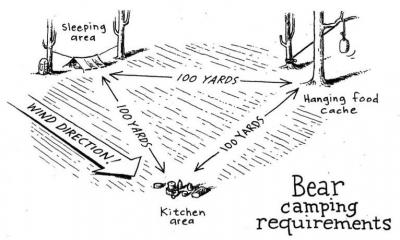
A good consideration is to local open space areas to camp versus those that are densely vegetated to allow for more awareness for both you and the bear of each other’s presence. In addition, you may consider the “bear”muda triangle (see image to the right), which positions your cooking, shelter, and food storage area 100 yards from each other.
Dispose of Waste Properly & Appropriate Food / Smellable Storage:
Another important LNT Principle is Dispose of Waste Properly. This can affect whether or not we lure in one of our furry friends, and can be counterproductive. For example, while broadcasting grey-water may be a common practice when considering this principle, it can also spread the odor when doing so on land. Not ideal in grizzly country. Therefore, other considerations can include digging a sump (6-8″ deep) to dispose of grey-water from cooking, cleaning and brushing teeth. Read more from our partners at Leave No Trace here.
When considering storing food and “smellable” items (i.e., sunscreen, toothpaste, deodorant, lotions, chapstick, etc.) some land management agencies in bear country allow backcountry users to utilize bear hangs (see image left) in lieu of bear canisters.
If you do decide to go old school, and “hang a bear bag”, there are definitely some considerations to take. You’ll need to consider an appropriate set-up, including specific location, appropriate distance (e.g., minimum of 5′ x 5′ x 12′), durable “bear bags”, rope, and some know how. Review some additional tips from The Leave No Trace Center for Outdoor Ethics here and check out the image above to help get you started. In addition, if you choose the bear hang method, make sure that the area that you are visiting actually has trees! Alpine areas like those with tundra where bears can frequent do not, so you’ll need to make adjustments to your bear storage considerations.
If the terrain you will be traveling in is not advantageous to a bear hang and/or the land management agency does not allow bear hangs in their food storage allowances, you will have to either purchase or rent a bear canister. There are several great models, and if you don’t want to purchase one and won’t use it frequently you can actually rent them for a nominal fee from a land management agency or gear shop. After all, they are kind of spendy! If you decide to go this route and are venturing into the our neck of the woods, in the Selkirks, Purcells, or Cabinets feel free to contact us to rent one directly from us!
Respect Wildlife:
As one of the 7 principles of Leave No Trace, and an awareness of what exists out there, one might think it should go without saying – Respect Wildlife. Still it’s worth noting. Here are some tips to assist you in doing just that.
- When traveling in bear country make noise! Yelling, “Hey Bear!” is the go-to, but should be done on average of once every 5 – 10 seconds. Some people recommend every 30, however, you can carry a lot of ground in 30 seconds and your voice doesn’t carry too far in dense vegetation or near a noisy mountain creek. In addition, when entering dense vegetation, around blind corners, and near loud creeks we recommend to also add some clapping to really let you presence be known. One of the main contributing factors to unwanted bear encounters is alarming a bear, and catching them off guard. Not a great scenario, especially when it’s a healthy sow with cubs. While we all love to have those pristine, peaceful moments in the wild, it’s important that when traveling in bear country to also minimize encounters for their sake and yours.
- Travel in groups of 4 or more. It has statistically been shown that hiking in groups of four or more is safer while traveling in griz country, however one could argue that it may be a wise practice in any type of bear country.
- View at a distance. Bears can cover a large distance in a short amount of time. While they are amazing to view in the wild, putting real estate between you and a big ‘ole bruin is a good thing, so use binoculars at a distance. To give you some perspective, according to the Fish and Wildlife Service a grizzly can cover 50 yards in 3 seconds, or 40 miles and hour. That’s faster than a racehorse over short distances! Learn more bear encounter facts from the Fish and Wildlife Service here.
- Effective use of bear spray to deter an encounter! Bear spray has proven itself to be quite effective, and often the last resort. However, it is only as effective as the actual user. We recommend that you research what type of bear spray to purchase, and educate yourself on how to use it. Here is a great little introductory video from Rich Landers of the Spokesman-Review (Spokane, WA) on how to use bear spray effectively, and here is a great powerpoint from the United States Geological Survey on bear spray. Also here is an excellent blog entry written by Todd Wilkinson that shares evidence-based research on bear encounters and the use of bear spray.
Blog support from our partners at The Leave No Trace Center for Outdoor Ethics: http://www.lnt.org
For more information and to become more backcountry savvy, consider taking one of SOLE’s Leave No Trace Courses, or design your own! These courses allow participants to learn and master these skills in the environment that they will be traveling in.
See you out there,
Dennison Webb, M.A.
Founder | Executive Director
